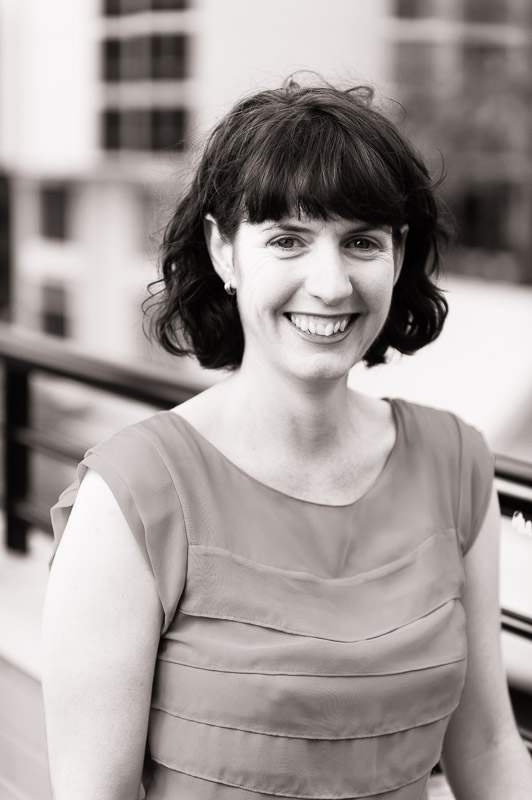Employers Guide to Fringe Benefits

What do Fringe Benefits mean to you as an Employer?
Fringe Benefits Tax (FBT) is paid by employers on certain benefits they provide to their employees or their employees’ family or other associates. FBT applies even if the benefit is provided by a third party under an arrangement with the employer.
Examples of fringe benefits:
- allowing an employee to use a work car for private purposes
- giving an employee a discounted loan
- paying an employee’s gym membership
- providing entertainment by way of free tickets to concerts
- reimbursing an expense incurred by an employee, such as school fees
- giving benefits under a salary sacrifice arrangement with an employee
The following are not fringe benefits:
- salary and wages
- shares purchased under approved employee share acquisition schemes
- employer contributions to complying super funds
- employment termination payments (including, for example, the gift or sale at a discount of a company car to an employee on termination)
- payment of amounts deemed to be dividends under Division 7A
- benefits provided to volunteers and contractors
FBT is separate to income tax and is calculated on the taxable value of the fringe benefit. Employers must self-assess their FBT liability for the FBT year (1 April to 31 March) and lodge an FBT return. The FBT rate for the years ending 31 March 2018 to 31 March 2022 is 47%.
Due dates for lodgement and payment of FBT returns
If you prepare your own FBT return, you can lodge up to 25 June without incurring a failure to lodge penalty. The payment due date is 21 May.
If you have a tax agent that lodges your return electronically, the due date to lodge and pay is 25 June.
To help you meet your fringe benefit obligations, we’ve put together a list of essentials every employer needs to know about FBT and review every year.
When should you register for FBT?
Generally, if you have employees, including directors and you provide them with cars, car parking, entertainment (food and drink), employee discounts, reimburse private expenses, etc., then you are likely to be providing a fringe benefit and you or your tax agent will need to register your business for FBT.
As an employer, you must keep all records relating to the fringe benefits you provide to your employees or your employee’s family or other associates, including how you calculated the taxable value of benefits. You must also keep records if you want to take advantage of various exemptions or concessions that reduce your FBT liability. If you need help setting up a record keeping system or accounting for FBT, our bookkeepers are able to assist.
What items are exempt from FBT?
Work-related items, used primarily in the employee’s work activities, are exempt from FBT. Examples of such are:
- portable electronic devices such as mobile phones, laptops, tablets, portable printers and GPS navigation receivers
- computer software
- protective clothing
- briefcases
- tools of trade
Minor benefits are also exempt from FBT where they are both:
- less than $300 in notional taxable value (that is, the value if it was taxable), AND
- unreasonable to be treated as a fringe benefit
Note that the benefit must be BOTH minor (less than $300) and infrequent and an incorrect interpretation of this is how employers find themselves in trouble. Most commonly, mistakes are made in the provision of ‘Meal Entertainment’.
Meal Entertainment applies predominantly to the provision of food or drink to employees that are not consumed on the employer’s business premises. Where the value of the food or drink is less than $300 per person the exemption can be claimed, provided the employee only receives this benefit infrequently throughout the year.
For example, taking an employee out to lunch to reward high performance would be exempt as it would be an infrequent occurrence and the cost would be less than $300.
Alternatively, if taking your employees out to lunch is a regular weekly occurrence for which the employer covers the cost, this no longer satisfies the infrequent condition above and the benefits are subject to FBT, even though the cost is less than $300 per person.
The ATO has signalled that there will be an increased focus on FBT this year, so if you would like to ensure your business is compliant please contact us.
An easier way to manage your vehicle log books
For employers with 20 or more ‘tools of trade’ cars – a car required for the job, like for a sales rep travelling extensively for the business – the ATO has a new process for validating the business use percentage of the car.
It’s called the ‘simplified method’, and if you meet the access conditions, you can apply an average business use percentage to all ‘tools of trade’ cars in your fleet for the first log book year and the next 4 years. Conditions to be met are:
- valid log books kept for at least 75% of the cars in the log book year;
- the employer chose the make and model of the car, not the employee;
- each fleet car has less value than the ‘luxury car’ limit when purchased, generally $69,152 in 2021/2022;
- the cars aren’t provided under a salary packaging arrangement / employee remuneration package; and
- your employees can’t choose to receive additional remuneration in lieu of using the cars.
Are you aware of the safe harbour provisions for workhorse vehicles?
A workhorse vehicle is a panel van, ute or other commercial vehicle (that is, one not designed principally to carry passengers) such as a dual cab ute with a carrying capacity of more than one tonne.
Workhorse vehicles are generally exempt from the car fringe benefit rules, provided the private use of that vehicle is restricted to only minor, infrequent and irregular use. For example, dropping off/picking up children to school on the way to/from work. Where the private use is more than minor, infrequent and irregular a residual fringe benefit has been provided and there is a different method to work how much FBT is payable.
The ATO has released safe harbour guidelines for employees that are provided with workhorse vehicles. In a nutshell, the ATO has provided that where the vehicle first meets the definition of a workhorse vehicle, and provided that the private use of the vehicle satisfies the following conditions that the car will be exempt from FBT. For more information on the safe harbour provisions, please refer to our Workhorse Vehicles article.
Christmas parties, gifts and FBT
FBT applies where an employer provides a benefit to an employee other than their regular salary or wage. Depending on the circumstances, Christmas parties and gifts may be considered such a benefit. You can find out about the specifics of FBT as it relates to the silly season in this article we wrote about Christmas parties and gifts.
FBT and COVID-19
The ATO has made some concessions on how it will approach FBT compliance this year because of the impact of COVID-19 on work patterns and conditions. You can find out more about the changes in our article on COVID-19 & FBT.
Should you lodge an FBT return even if no FBT is payable?
Where no FBT is payable there is legally no need to lodge an FBT return, but should you lodge one anyway?
Our answer to this question is… yes. We recommend that you, even where no legal obligation exists, lodge an FBT return regardless. The primary reason for this is that it turns on a three-year deadline for the ATO to commence audit activities.
Without an FBT return being lodged, the ATO has the discretion to launch an audit into activities as far back as a business has had employees. Without the evidence (e.g. signed declarations, logbooks, meal, entertainment records, etc.) that FBT was NOT payable in each year the ATO is likely to raise FBT liabilities, even where the employee who enjoyed the benefit no longer works for the business. Thereby making it impossible for the business to recoup anything.
Where an employer believes they have done everything in accordance with legislation, people will make mistakes. A common mistake occurs where an employee is provided with a car and the private use is worked out using the operating cost (logbook) method. A part of using the logbook method is working out deemed depreciation each year and many people overlook this or work it out incorrectly by relying on the depreciation claimed on the business’ financial statements. This mistake can give rise to an FBT liability where the calculated employee contribution is insufficient to remove the car’s taxable value.
If a mistake like this is identified the ATO is likely to review the entire period that the car was owned by the business. Lodging an FBT return would limit the length of time the ATO can audit to three years.
Ways to reduce your FBT liability
Here are some ways in which you can reduce your FBT liability:
- replace your fringe benefits with cash salary;
- provide benefits that your employees would be entitled to claim as an income tax deduction if they had to pay for the benefits themselves;
- look at providing benefits that are exempt from FBT; and
- use employee contributions, for example, an employee paying for some of the operating costs of car fringe benefit such as fuel that you don’t reimburse them for. Though you should note that employee contributions may be deemed assessable income to you and subject to GST.
We’re here to help
This article is general information only and doesn’t constitute specific advice for your business. For more information on meeting your FBT obligations, please contact us. With our expert guidance, you’ll have peace of mind that you are ticking all the right boxes and avoiding any risk of non-compliance.

